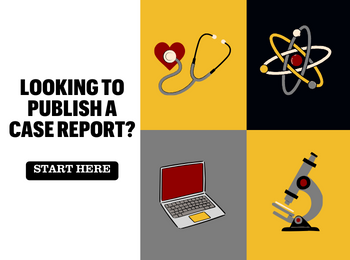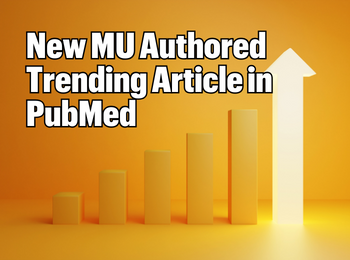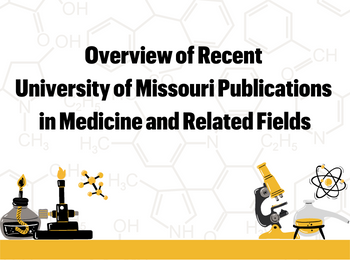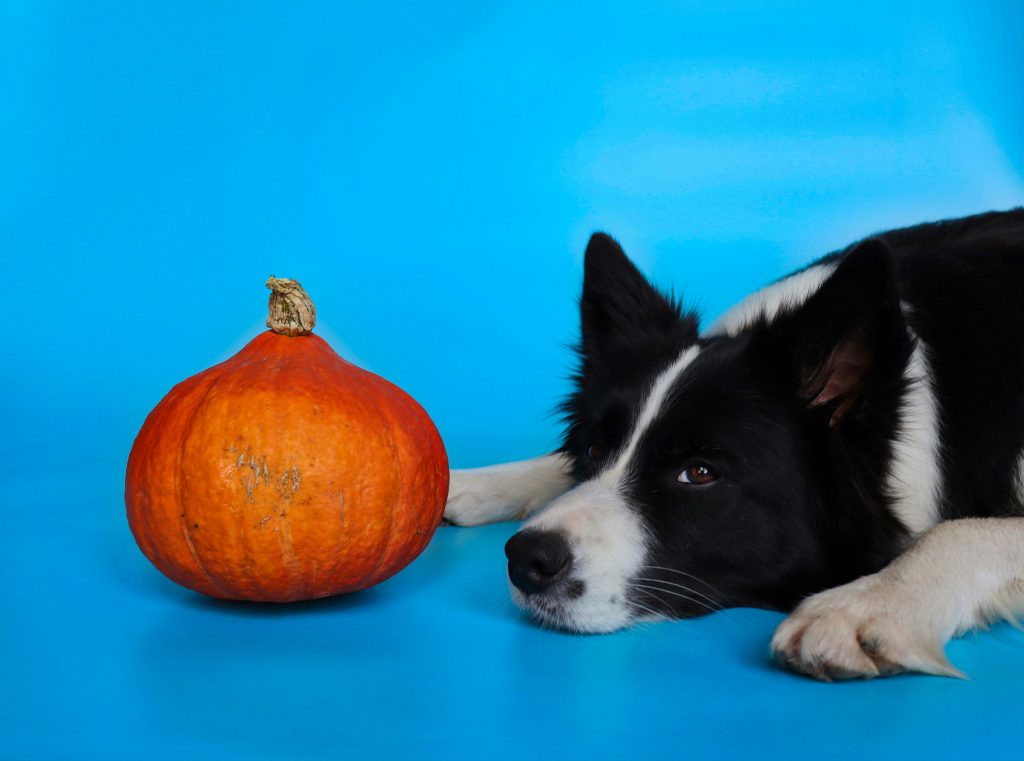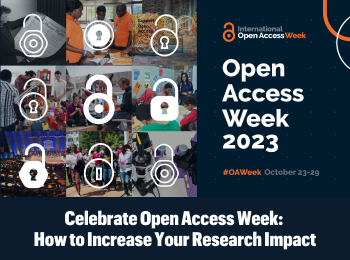03 January 2024
Below are College of Veterinary Medicine publications added to the Scopus database in the last 71 days.
Congratulations to all the recently published authors!
Note(s): Delay due to technology difficulties. If something is amiss, please let me know.
Access to the full text may be subject to library subscriptions.
Foote CA, Ramirez-Perez FI, Smith JA, Ghiarone T, Morales-Quinones M, McMillan NJ, et al. Neuraminidase inhibition improves endothelial function in diabetic mice. American journal of physiology Heart and circulatory physiology. 2023;325(6):H1337-H53. doi: 10.1152/ajpheart.00337.2023.
Haffner V, Nourian Z, Boerman EM, Lambert MD, Hanft LM, Krenz M, et al. Calcium handling dysfunction and cardiac damage following acute ventricular preload challenge in the dystrophin-deficient mouse heart. American journal of physiology Heart and circulatory physiology. 2023;325(5):H1168-H77. doi: 10.1152/ajpheart.00265.2023.
Billings C, Reinero C, Masseau I, Bryant J, Wiggen K. Hyperthyroid cats have altered pulmonary arterial hemodynamics but rarely have intermediate or high probability of pulmonary hypertension. American Journal of Veterinary Research. 2023;84(12). doi: 10.2460/ajvr.23.07.0172.
Theoharides TC, Twahir A, Kempuraj D. Mast cells in the autonomic nervous system and potential role in disorders with dysautonomia and neuroinflammation. Annals of Allergy, Asthma and Immunology. 2023. doi: 10.1016/j.anai.2023.10.032.
Michel KE, Backus RC. Nutritional Management of Body Weight. Applied Veterinary Clinical Nutrition: Second Edition 2023. p. 165-85.
Lei WL, Du Z, Meng TG, Su R, Li YY, Liu W, et al. SRSF2 is required for mRNA splicing during spermatogenesis. BMC Biology. 2023;21(1). doi: 10.1186/s12915-023-01736-6.
Holter DL, Nafe LA, Dugat DR, Hallman M, Ritchey JW, Fielder S, Rudra P. Diagnostic utility of ultrasound-guided fine-needle aspiration and needle-core biopsy sampling of canine splenic masses. Canadian Journal of Veterinary Research. 2023;87(4):265-71, https://www.scopus.com/inward/record.uri?eid=2-s2.0-85175002672&partnerID=40&md5=2ccfda17d0b0a80d553067ef2c2afcbd.
Henry EC, Strugari M, Mawko G, Brewer K, Liu D, Gordon AC, et al. Correction: Precision dosimetry in yttrium-90 radioembolization through CT imaging of radiopaque microspheres in a rabbit liver model (EJNMMI Physics, (2022), 9, 1, (21), 10.1186/s40658-022-00447-1). EJNMMI Physics. 2023;10(1). doi: 10.1186/s40658-023-00596-x.
Liatsou I, Fu Y, Li Z, Hasan M, Guo X, Yu J, et al. Therapeutic efficacy of an alpha-particle emitter labeled anti-GD2 humanized antibody against osteosarcoma—a proof of concept study. European Journal of Nuclear Medicine and Molecular Imaging. 2023. doi: 10.1007/s00259-023-06528-2.
Leach SB, Clark SD, Baumwart RD, McCauley SR, Thomason JD, Streeter RM, et al. Prospective evaluation of echocardiographic parameters and cardiac biomarkers in healthy dogs eating four custom-formulated diets. Frontiers in Animal Science. 2023;4. doi: 10.3389/fanim.2023.1271202.
Zaid M, Sala L, Despins L, Heise D, Popescu M, Skubic M, et al. Cardiovascular sex-differences: insights via physiology-based modeling and potential for noninvasive sensing via ballistocardiography. Frontiers in Cardiovascular Medicine. 2023;10. doi: 10.3389/fcvm.2023.1215958.
Linder K, MacGee S, Schultz L. Prevalence of root fusion in canine maxillary second molar teeth using cone-beam computed tomography. Frontiers in Veterinary Science. 2023;10. doi: 10.3389/fvets.2023.1306493.
Maguey-González JA, Nava-Ramírez MDJ, Gómez-Rosales S, Ángeles MDL, Solís-Cruz B, Hernández-Patlán D, et al. Evaluation of the efficacy of humic acids to counteract the toxic effects of aflatoxin B1 in turkey poults. Frontiers in Veterinary Science. 2023;10. doi: 10.3389/fvets.2023.1276754.
Oladeji LO, Stoker A, Kuroki K, Stannard JP, Cook JL. Making The Case For Hyperosmolar Saline Arthroscopic Irrigation Fluids: A Systematic Review Of Basic Science, Translational, And Clinical Evidence. Journal of Knee Surgery. 2023. doi: 10.1055/a-2198-8131.
Dornbusch JA, Yaxley PE, Hechler AC, Byron JK, Selmic LE. A novel two-catheter method for urethral catheterization improves success rates of urethral catheterization in female dogs and cats weighing less than ten kilograms. Journal of the American Veterinary Medical Association. 2023;261(11):1623-7. doi: 10.2460/javma.23.04.0209.
Harvey C, Crowder SE, Clarke DE, Goldschmidt S, Stepaniuk KS, Hoyer N, et al. Day one core competencies in veterinary dentistry. Journal of the American Veterinary Medical Association. 2023;261(12):1880-6. doi: 10.2460/javma.23.05.0242.
Traverson M, Zheng J, Tremolada G, Chen CL, Cray M, Culp WTN, et al. Adrenal tumors treated by adrenalectomy following spontaneous rupture carry an overall favorable prognosis: retrospective evaluation of outcomes in 59 dogs and 3 cats (2000–2021). Journal of the American Veterinary Medical Association. 2023;261(12):1-9. doi: 10.2460/javma.23.06.0324.
Ullal TV, Jaffey JA, Kreisler R, Matheson J, Pacholec C, Shumway K, et al. Increasing age and severe intraoperative hypotension associated with nonsurvival in dogs with gallbladder mucocele undergoing cholecystectomy. Journal of the American Veterinary Medical Association. 2023;261(12). doi: 10.2460/javma.23.05.0260.
Yoon JS, Bae H, Chun Lee H, Jung DI, Kim SK, Kim DY, Yu D. Erratum: Paraneoplastic Hypereosinophilia in a Dog with Intestinal T-Cell Lymphoma (J Vet Clin 40(1): 62-67 (2023) (10.17555/jvc.2023.40.1.62)). Journal of Veterinary Clinics. 2023;40(4):321. doi: 10.17555/jvc.2023.40.4.321.
Axiak-Bechtel SM, Leach SB, Newton-Northup JR, Milner RJ, Fox-Alvarez SA, Fagman LI, et al. Safety of TCMCB07, a melanocortin-4 antagonist peptide, in dogs with naturally occurring cachexia. Journal of Veterinary Internal Medicine. 2023;37(6):2344-55. doi: 10.1111/jvim.16915.
Kovarik MC, Hancock TS. Effectiveness of a Student-Developed Instructional Video in Learning the Anatomy of the Equine Distal Limb. Journal of Veterinary Medical Education. 2023;50(4):457-62. doi: 10.3138/jvme-2021-0167.
Lever TE, Kloepper A, Welby L, Haney M, Fudge S, Seiller C, et al. Minimally Invasive Murine Laryngoscopy for Close-Up Imaging of Laryngeal Motion during Breathing and Swallowing. Journal of Visualized Experiments. 2023;2023(202). doi: 10.3791/66089.
Lu T, Howlader DR, Das S, Dietz ZK, Nagel AC, Whittier SK, et al. The L-DBF vaccine cross protects mice against different Shigella serotypes after prior exposure to the pathogen. Microbiology Spectrum. 2023;11(6):e0006223. doi: 10.1128/spectrum.00062-23.
Schatten H, Chakrabarti A. Environmental Scanning Electron Microscopy (ESEM) Study of Sea Urchin Embryos after Deciliation with Chloral Hydrate. Microscopy and Microanalysis. 1998;4:1130-1. doi: 10.1017/S1431927600025770.
Paul LJ, Ericsson AC, Andrews FM, McAdams Z, Keowen ML, St Blanc MP, Banse HE. Field study examining the mucosal microbiome in equine glandular gastric disease. PLoS ONE. 2023;18(12 December). doi: 10.1371/journal.pone.0295697.
Cadmus S, Taiwo OJ, Akinseye V, Cadmus E, Famokun G, Fagbemi S, et al. Ecological correlates and predictors of Lassa fever incidence in Ondo State, Nigeria 2017–2021: an emerging urban trend. Scientific Reports. 2023;13(1). doi: 10.1038/s41598-023-47820-3.
Ho KV, Hsieh HY, Roy A, Foote S, McDonald P, Coggeshall MV, et al. Quantification and characterization of biological activities of glansreginin A in black walnuts (Juglans nigra). Scientific Reports. 2023;13(1). doi: 10.1038/s41598-023-46134-8.
Schatten H, Sun QY. Epigenetic considerations in preimplantation mammalian embryos. Textbook of Assisted Reproductive Techniques, Fifth Edition: Two Volume Set2017. p. 410-4.
Abo-Samaha MI, Sharaf MM, El-Nahas AF, Odemuyiwa SO. Length-Dependent Modulation of B Cell Activating Factor Transcripts in Chicken Macrophage by Viral Double-Stranded RNA. Vaccines. 2023;11(10). doi: 10.3390/vaccines11101561.
Sandberg GS, Pawloski T, Kang S, Banu E, Torres BT, Budsberg SC. Influence of Wearing a Tactical Harness on Three-Dimensional Thoracic Limb Kinematics. Veterinary and Comparative Orthopaedics and Traumatology. 2023. doi: 10.1055/s-0043-1776901.
Spies K, Ogden J, Sterman A, Davidson J, Scharf V, Reyes B, et al. Clinical presentation and short-term outcomes of dogs ≥15 kg with extrahepatic portosystemic shunts. Veterinary Surgery. 2023. doi: 10.1111/vsu.14040.

The Zalk Veterinary Medical Library is always happy to highlight CVM Faculty Research!
Did I miss anything? Please let Rae know.
